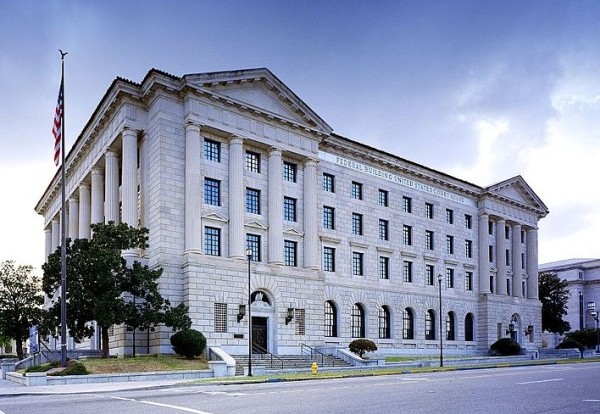Beth Buczynski for Earthtechling
Actions speak louder than words. At long last, solar panels are returning to the White House–a symbolic endorsement of renewable energy if nothing else. At the same time, a National Deep Energy Retrofits program (NDER) is poised for implementation in federal buildings around the country. Congressional bickering aside, our revenue strapped government can’t deny that efficiency goes a long way when money is tight…something they’ve been telling the rest of us for years.
NDER is a collaboration of the General Services Administration (GSA), the nation’s largest public real estate organization, and the Federal Energy Management Program (FEMP). It aims to speed up deep energy retrofits on federal properties, putting the U.S. in a better position to meet its energy-use-reduction targets (yeah, we have those!).
The GSA manages more than 7,000 properties that provide workspace for some 1.2 million federal employees. The magnitude represents massive challenges as well as big opportunities. Unsurprisingly, federal buildings are allowed almost zero budget for energy efficient upgrades. But there has been progress. In the past few years, “the energy savings on GSA retrofit projects have more than doubled, from 18 percent to 39 percent, with a few projects surpassing 60 percent,” writes Cara Carmichael for GreenBiz.com.
Moving forward, the organization is working to implement a greater number of energy savings performance contracts (ESPCs). In simple terms, an ESPC is a partnership between a Federal agency and an energy service company. The company performs an energy audit on the federal building in question, identifying improvements that will have the biggest impact on consumption. The company then designs the project, arranges funding, and guarantees that the improvements will generate energy cost savings sufficient to pay for the project over the term of the contract, which can be up to 25 years. After the contract ends, all additional cost savings accrue to the agency. In essence, an ESPC allows a property with no budget to finance improvement in advance using the eventual savings from said improvements.
But ESPCs alone won’t turn take our government from energy hog to energy saver. “Approximately 1/3 of energy use is driven by occupant behavior, which is a big opportunity for ESCOs and GSA alike,” explains Carmichael. “While ESCOs can install the submetering equipment and train operators and occupants, it is uncommon for the ESCOs to remain deeply involved with the operation of the building. Occupant energy-reduction programs require ongoing engagement to overcome staff turnover, maintain momentum, and align the incentives.”




